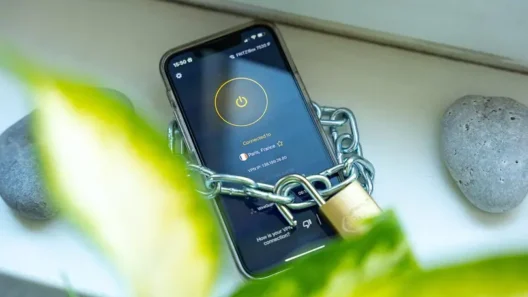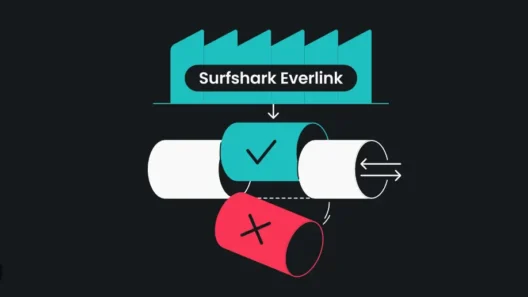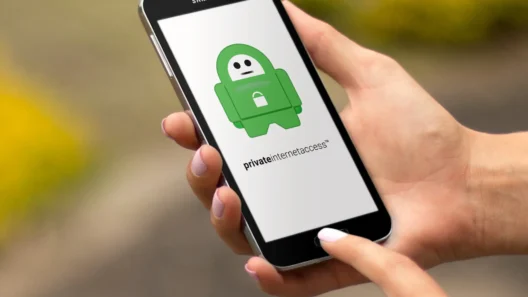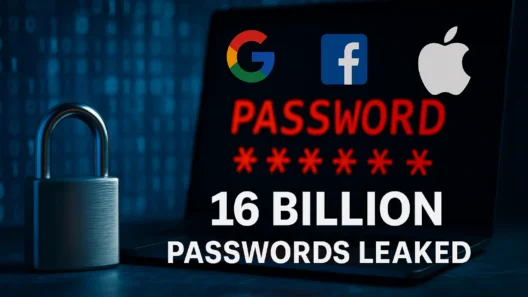Let’s dive straight into the battle against spam emails—a fight that’s been raging for as long as I’ve had an inbox. If you’re tired of waking up to a flooded inbox full of “urgent” messages from Nigerian princes, fake invoices, and miracle diet pills, you’re definitely not alone. But stopping spam email isn’t just about decluttering your digital life; it’s about protecting yourself from scams, malware, and data leaks that can hit way harder than just annoyance.
Why Spam Emails Are More Than Just Annoying
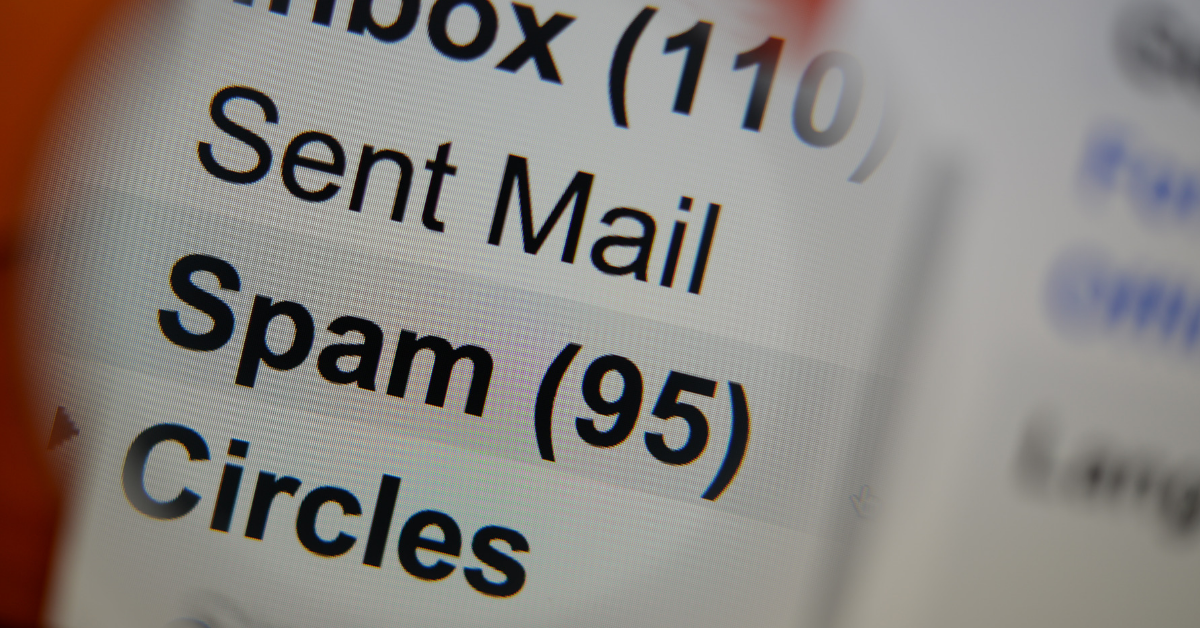
If spam emails were only about cheesy sales pitches, they’d be easy to ignore. But spam has evolved. Scammers use it to trick people into clicking malicious links, downloading nasty attachments, or handing over sensitive info. Even a single click can be enough to end up with ransomware on your device, or worse—your identity sold on the dark web.
And here’s the kicker: if you’re getting loads of spam, it usually means your email address is floating around somewhere it shouldn’t be, bought, sold, or traded by data brokers. That’s not just inconvenient; it’s risky.
How Does Spam Even Happen?
You might think you’re careful, but spam finds everyone eventually. Maybe your details were leaked in a data breach, or you signed up for a newsletter years ago and forgot. Sometimes, just having your email listed publicly—on social media, forums, or even a company website—can be enough.
Data brokers love collecting and selling this information. Once your email is on their lists, you’re fair game for spammers and scammers alike.
The Real Dangers of Spam Email
- Phishing Attacks: The classic “click here” trick to steal your logins or bank info.
- Malware & Ransomware: Attachments or links can install harmful software without you realizing.
- Data Exposure: If your inbox is loaded with spam, odds are your data is circulating online.
- Identity Theft: All it takes is one wrong move and your personal info is out there for criminals to exploit.
How To Actually Stop Spam Email
1. Train Your Spam Filter
Most email services have pretty solid spam filters these days, but they’re not psychic. The more you use the “Mark as Spam” button, the smarter your filter gets. Always mark spam emails—don’t just delete them—so future junk goes straight to the spam folder instead of your inbox.
2. Block Repeat Offenders
Blocking email addresses is basic but useful for the really persistent spammers. It’s not a cure-all (spammers love creating new addresses), but it will slow down repeat offenders. Just know it won’t touch the flood of new spam that comes from random accounts.
3. Unsubscribe… The Smart Way
If you signed up for something and regret it, the “unsubscribe” link can be your friend—but only when you’re sure the sender is legit. Never click unsubscribe on emails that look suspicious or you don’t recognize; scammers use fake unsubscribe links to confirm you’re a real person (and make your address even more valuable).
Instead, go directly to the company’s website and change your email preferences there.
4. Remove Yourself from Data Broker Lists
Here’s where most people miss the boat. Data brokers collect and sell your info to anyone willing to pay—including spammers. You can technically opt out, but it’s a time-consuming process (think hundreds of requests, and you’ll need to repeat it multiple times a year).
That’s where services like Incogni come in. Instead of slogging through manual opt-outs, Incogni automatically sends removal requests to dozens of data brokers on your behalf. The less your info is out there, the less spam you’ll get—period.
Personal Tip: After signing up for Incogni, I noticed a steady drop in weird, unsolicited emails. Plus, it’s oddly satisfying to watch your data vanish from shady databases.
5. Use a Secondary or Masked Email
For every subscription, contest, or free download, use a separate email address or a masking service (like Firefox Relay or Apple’s Hide My Email). This keeps your main inbox pristine and protects your primary identity if one account gets leaked.
6. Never Interact With Suspicious Emails
Sounds obvious, but curiosity still gets the best of people. Never reply to spam, never open attachments, and definitely never click links unless you’re 100% sure of the sender. One mistake can cost you your digital security—or a lot more.
7. Remove Your Email From Old Accounts
Old forums, shops, and social platforms are a goldmine for data brokers. Close out any online accounts you no longer use, and scrub your email wherever possible. Incogni can help here too, automating the process so you’re not spending your weekends sending opt-out emails.
How to Future-Proof Your Inbox
Stopping spam is a marathon, not a sprint. Here’s how to keep your inbox clean going forward:
- Guard your email like you do your home address. Don’t hand it out unless absolutely necessary.
- Use unique emails for risky or throwaway sign-ups.
- Think before you click. If something feels off, it probably is.
- Keep security software up to date—some tools now include anti-phishing features that add another layer of protection.
The Role of Data Removal Services (Like Incogni)
It’s not just about convenience—data removal services can seriously reduce your spam problem, especially for anyone whose data has already been sold around the web. Here’s what a good removal service can do:
- Automate opt-outs for dozens (or even hundreds) of data brokers and people search sites.
- Monitor which brokers still have your info and follow up as needed, since your data can reappear.
- Help you remove not just your email, but also phone numbers, addresses, and other sensitive info.
Special mention: Incogni even has a Family & Friends plan, so you can cover your parents or other vulnerable relatives—because, let’s be real, elders get targeted way more often by these scams.
Final Thoughts: Don’t Accept Spam as Inevitable
Spam might feel like a fact of online life, but with the right tools and habits, you can make your inbox a much less attractive target. Clean up old accounts, use data removal services, train your spam filter, and always stay skeptical. Most importantly—never, ever let curiosity get the better of you when that weird email lands.








